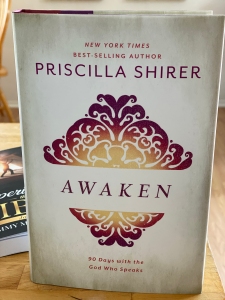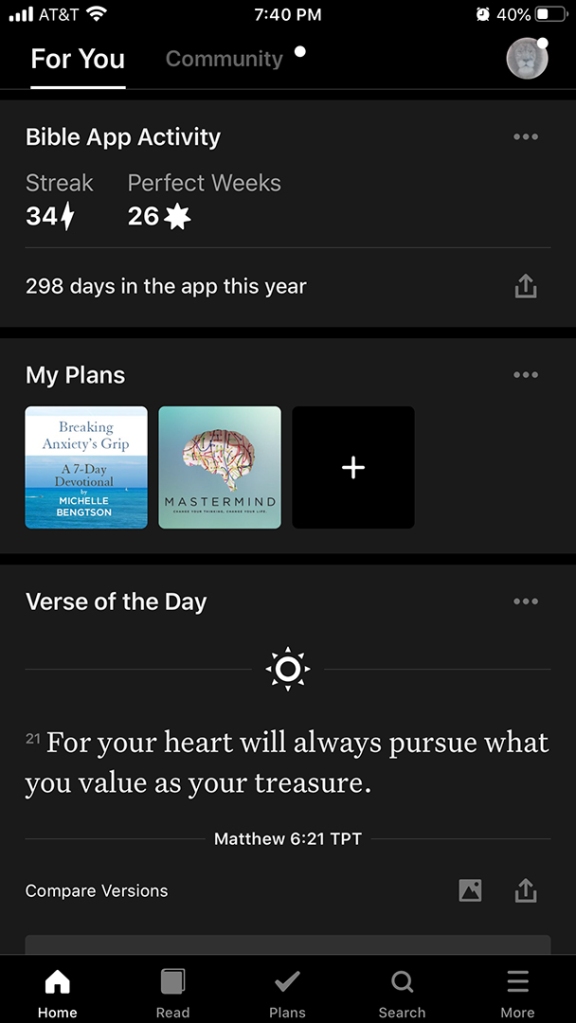Ok, so I’ve not been too obviously quiet, since I had several blog posts scheduled weeks out, but there are reasons you’ve only seen a few posts from me in the past month. One reason is that gnats invaded my apartment and this gal is allergic to gnat bites. The results had me down hard for about two weeks, but I’m coming out of it now praise God. But that’s really secondary to my big news.
We’re working on my new website!
I know things look the same here, and they will for…I’m not sure how long. One of the biggest hurdles has been successfully run, however, and my developer has completed the process of moving my blog to their server where it will become part of a new website in which I’ll be able to go more in depth in several areas.
This has been an educational trip, I tell ya!
We’re working on multiple things at once, and one of the most exciting for me is branding: color choice, style, etc. It’s kind of fun, and really interesting. It’s also making me think outside of my usual box. On the branding questionnaire, for instance, I encountered some surprises. One that caught me off guard was something along the lines of “If your brand were an animal what animal would it be?”

My answer? A peacock!
If you know me, you know I love peacocks,
but my response goes beyond simple animal preference.
Have you ever heard a peacock? If so, you would probably agree they can be pretty annoying. Frankly, the same could be said about me – has been. Honestly, there will be times you probably don’t want to hear what I have to say. In the past, I’ve been pretty conservative, staying in the middle of the road, trying not to offend anyone, but there’s no time for that anymore.
I have a revelation of Eternity that demands I do all I can to help others not only live well in this life, but also prepare for the next. There’s not a person on Earth who is guaranteed tomorrow. We may want to ignore that fact, but we can’t change it. Hebrews 9:27 (NET) speaks truth loudly when it says, “And just as people are appointed to die once, and then to face judgement…”
Yep, I’m not the only one who can say things that people don’t want to hear. The Word of God can be just as annoying as that peacock’s voice when you don’t want to listen to what God has to say. Even so, our preferences do not change the truth God speaks.
And then there’s the undeniable beauty! Even if you’re not a peacock lover, you have to admit that, when he fans his tail, the peacock demands attention. He’s lovely. He’s majestic. Each feather is simply amazing, so much so that they’re reproduced in myriad artistic ways! Have you ever studied one, literally handled it with intent? They’re awesome!

God’s Word is like that too! It’s beautiful! You can look at it in intricate detail and be absolutely amazed. You can come to the same passage you’ve read before and see something entirely new that you missed the first time. Like that extraordinary peacock, the Bible demands attention, drawing you in and leaving you in awe. Of course, the peacock is only a bird; it can’t even begin to the compare with the Word, but you get what I mean. I hope?
And that is why I chose this animal as the answer to that question.
I am super excited about this move and all it will help me do! The website will serve as a home to Experiencing the Bible and a devotional I’ve begun writing, as well as anything else God has me do. I’m also making plans for a newsletter that will allow me to communicate more personally and share snippets from the upcoming book. But there’s more! At my developer’s request, I’ve been making a wishlist.
One of the things I’m particularly excited about having is a dedicated reviews page where I can share my thoughts on, and experiences with, various resources. My primary focus being on helping Christians grow in the Lord, you can expect to see reviews of Bibles and other such things for sure. At this point, I don’t know if I’ll include other types of reviews on a permanent page or simply keep sharing them here as blog posts. Feel free to offer up an opinion on that.
Don’t worry, my blog will continue to be just as eclectic as it has been.
My brain demands it!
So yes, I’ve been quiet lately. In large part, it’s because I couldn’t post anything that wasn’t prescheduled during the transition, at least I don’t think I could have? It’s also because I’ve been busy, not just with this move to a full-blown home on the web, but also with my full-time job; I kept working during the gnat debacle (and came home each night and cratered) because there’s so very much to do.
You may remember that I work for a church, Hillside Church in Mont Belvieu, Texas, to be exact. We’re deep into one of our two busiest times of the year right now as we prepare for the auction that provides the bulk of the funds for Operation BAM, a vitally important ministry that helps untold numbers of people, all around the world, every year. You read a little about it in my post “Relief to the Texas Panhandle.”
This ministry is one of my absolute favorites. Yes, we have the disaster response truck. We also provide car seats to a local hospital so that mamas who can’t afford one are taken care of. We support missionaries and organizations around the world. We provide protein for shelters and other organizations that usually only receive donations of non-perishables. We make Christmas dreams come true for multiple families every year, and also celebrate Christmas by taking trailers loaded with bicycles into neighborhoods and passing those bicycles (and trikes, and this past year scooters) out to resident children and any others who show up. We have a team of quilters who make special blankets for those who are going through cancer treatments, we support a men’s rehabilitation facility, and we help out a local pregnancy resource center.
And more!
It seems every time I turn around
Operation BAM is doing more, and I love it!
So right now I’m neck deep in auction items and preparations for our upcoming Crawfish Boil & Auction. Yes, this means I’ll still probably be a little quiet, if not as much as I have been, but only for a couple more weeks…maybe three.
Hopefully, I’ll soon be fully back and you’ll be seeing at least three posts a week from here on out. In the meantime, thank you for being part of my community. I love having you here!
Celebrating Jesus!
Tammy C



